At this time, most people love to shop from the comfort of their homes, right?
But with so many options available, how can you pick the best product?
Product reviews help shoppers make the right choice and choose the one that is perfect for them.
A robust product review enables you to stand out from the competitors, shapes your brand’s reputation, influences their purchase decisions, and fosters customer loyalty.
Writing a compelling and valuable product review isn’t about whether you like the product, but more about providing valuable, in-depth insights to other customers to make informed decisions.
Reviews are often written by consumers who have purchased and used the product and by professional reviewers who test and evaluate it.
- But, with the endless product reviews, how do you write a product review that stands out?
- How do you stand out from the fake reviews?
In this blog, we’ll explore how to structure a detailed and engaging product review.
Whether you are a product reviewer or an independent reviewer, the guide will help you write reviews that build customer trust and credibility.
Let’s dive in…
What Exactly Is A Product Review?
A product review is an evaluation of a product that shows a customer’s personal experience with the product.
A detailed product review includes assessing the product’s quality, usability, features, performance, and pros and cons.
The primary goal of product reviews is to help other customers make informed decisions by offering unbiased opinions.
Furthermore, product reviews compare similar products on the market and provide a personalized experience, highlighting any issues the reviewer encounters while using the product.
These reviews can be found on various platforms, such as websites, blogs, social media, and third-party review websites.
They are written by customers, experts, and professionals who test and evaluate the products.
Collect Product Reviews That Convert
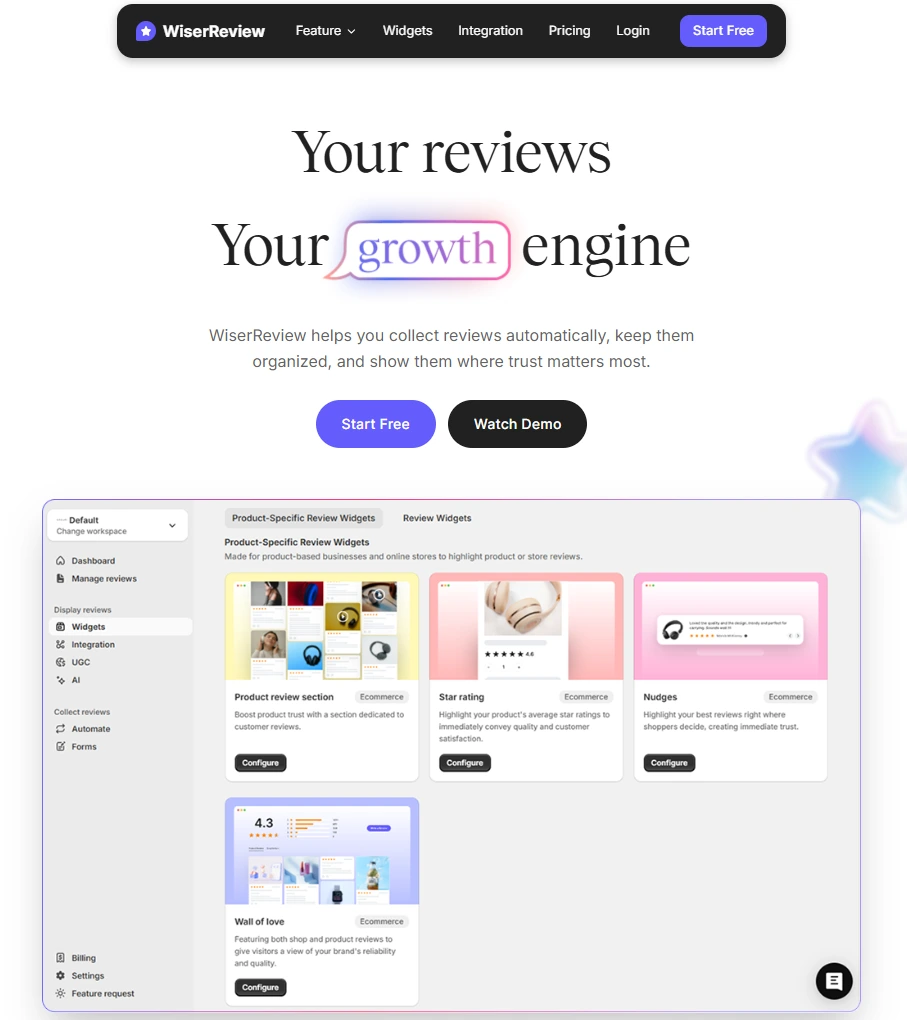
Writing a great review starts with collecting great feedback, but getting customers to leave detailed, honest reviews isn’t easy.
Most stores rely on generic review forms, making it harder to collect valuable insights.
If your current review process is slow or lacks visual appeal, you’re missing out on powerful content.
Incomplete or low-effort reviews don’t build trust, and they won’t help your readers or potential buyers make confident decisions.
WiserReview gives you an end-to-end workflow to collect, manage, and publish high-quality product reviews, including text, photo, and video reviews, right on your site.
With customizable review forms, automation triggers, and tagging features, you can generate real product experiences that feed directly into your blog, landing pages, and product listings.
Automatically request reviews post-purchase
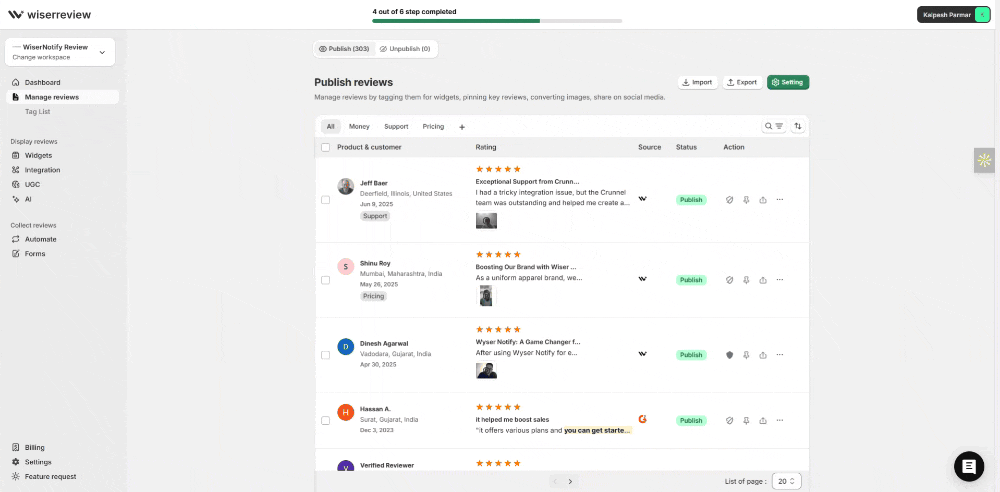
Let customers upload videos or photos
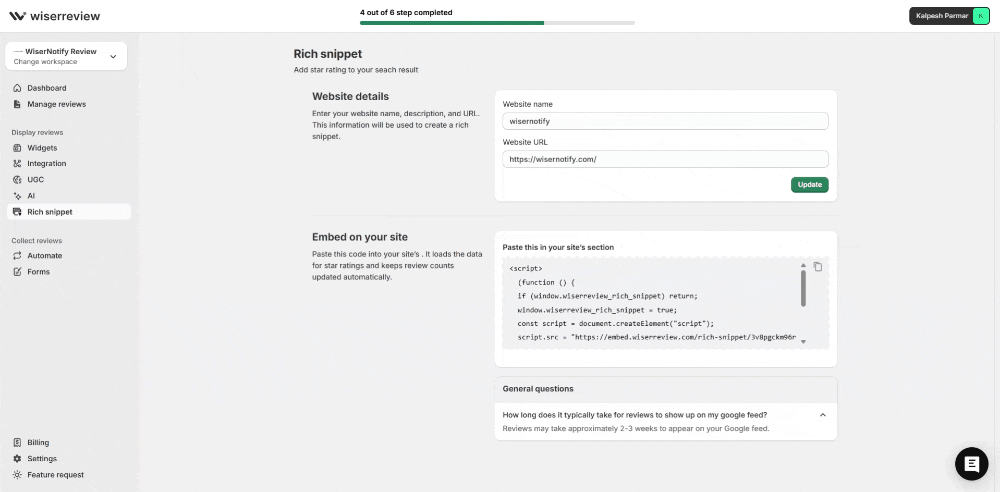
Tag reviews by feature or use case

Moderate submissions and publish seamlessly
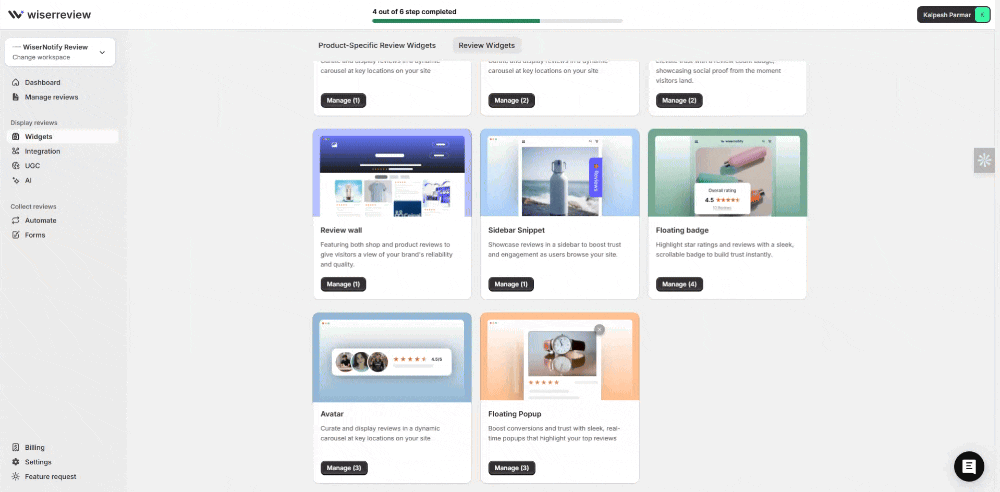
Showcase reviews anywhere using design-matched widgets

Fuel Your Product Reviews with Real Customer Stories
Collect authentic text, photo, and video reviews that make your product review content more credible and conversion-driven.
Elements of a Good Product Review
Online reviews are essential to marketing strategy and influence consumer decisions. Here are a few key elements for writing the best product reviews.

Honesty and Authenticity: Ensure you write about your personal experiences and practical applications in various scenarios. Please describe how you use the product, the duration, specifications, and conditions, keeping it honest and authentic.
Detailed and Specific Information: There’s no word limit to writing a review; provide them with detailed information about the product. Include features, benefits, specifications, availability, and customer service to give readers a clear understanding of what the product offers.
Pros and Cons: List out the strengths and weaknesses of the product based on your experience.
Personal Experience: Summarize your opinions and recommendations about the product and conclude whether you would recommend it and whom it would be most suitable.
Visuals: Enable customers to upload photos or videos that enhance the credibility of their product reviews. Visual evidence allows customers to understand real-life scenarios and showcases how they work in action.
Comparisons: Help readers understand how your product stands against other similar products by adding comparisons in terms of features, performance, and drawbacks.
Call to Action: If possible, ask customers to add links to the product or encourage readers to share their thoughts by asking relevant questions.
Explore: 5 Smart product review software for E-commerce brands
How to Write Good Product Reviews
Writing product reviews involves a structured approach to ensure your evaluation is comprehensive, honest, and valuable for your readers.
The target audience, goals, and reviewers might change, but the step-by-step guide to writing reviews remains the same.

1. Preparing to Write a Product Review
- Identifying your target audience
When writing a product review, clearly define your target audience.
Knowing for whom you are writing product reviews can help your content meet their specification, preferences, and needs.
Identify your audience’s demographics, interests, and pain points to focus your content on what matters the most.
Tailoring reviews to audience-specific needs makes it more relevant and engaging.
Choose the right tone, style, and content for your review. This will increase the likelihood of your content resonating with them.
- Selecting the product to review
Next, select a product to review that is relevant and useful for your target audience.
Consider your popular products and pick one to provide a more in-depth and honest review about.
Ensure the product you choose is one you’ve used for an extended period, and attract leaders looking for information that isn’t readily available elsewhere.
- Researching the product’s features and specifications
Before writing, gather detailed information about the product features and specifications.
Note down key features, technical specifications, and USP to enhance your understanding of your products.
- Understanding the intended use and potential pain points
Ensure that the audience’s pain points are understood and that the review is relevant to the common issues.
Consider explaining them using different scenarios and use cases in which the product has been used and provide a balanced perspective.
2. Structuring Your Product Review
- Writing a compelling introduction
A compelling introduction is crucial to set the tone and style of your review. Start with a short product summary and why it’s worth reviewing.
Use action words and engaging phrases to grab the audience’s attention and convey the required information.
Provide a brief overview of what your review will cover, such as features, performance, and personal experience, to make it easier for the audience to understand.
Highlight the product’s unique aspects and set expectations about whether the review will be positive, negative, or balanced.
- Creating a clear and concise summary box
A summary box provides readers with an overview of your review, especially for those who are skimming for the key points.
Placing the summary box at the beginning or end of your review makes it easy to highlight the key points.
List critical features using bullet points or short sentences, and include rating systems to give the reader a quick opinion about their experience with the product.
- Organizing the review into sections: core features, pricing plans, pros and cons, etc.
Organizing the review into well-structured and clear sections makes it easier for the readers to follow and find the needed information quickly.
Start with an overview, including the key features and specifications.
Discuss each feature in detail, and explain how it works and its benefits with personal examples.
Also, include a section on pricing and value for money. Compare the price with similar products and discuss the pros & cons to provide a balanced view.
Learn More: Review Marketing Handbook with Examples (2025)
3. Writing the Introduction
- A brief overview of the product and its purpose
Start your review with an overview of the product and its purpose. Introduce the product briefly, explaining its purpose and key features.
This will help you set the stage for the readers and give them a quick view of the product.
Explain the purpose of the product and the target audience, which will clarify to readers whether the product is relevant to their needs.
Mention any stand-out features you will discuss later and encourage them to read on.
Keep the section clear and concise with a few sentences, setting the stage for a detailed review that makes the reader follow.
- Personal experiences and why you chose to review this product
Share your experience with the product used to make your review more authentic and trustworthy. Describe the usage scenario, environment, and how the product fits into your daily life.
For example, if you’re reviewing a fitness tracker watch, mention how you used it during workouts, daily activities, and sleep monitoring.
Additionally, discuss specific problems or needs you faced during the usage; details help readers relate to your experience.
- Setting expectations for the review
Start writing by setting clear expectations for the readers by outlining the main topics, such as features, performance, pros & cons, and comparisons with similar products.
That helps readers to know what to expect and keeps them engaged.
Keep the review transparent to build trust and set the tone. Avoid making any promises that your review might not fulfill later.
Build trust & FOMO
Highlight real-time activities like reviews, sales & sign-ups.
4. Sharing Personal Experiences
- Using real-life scenarios to explain how the product performs
Readers connect with real-life scenarios that make them easily understand the product’s capabilities.
Add specific examples and detailed descriptions to illustrate the points and features of the product.
Make sure to include any challenges you encountered during usage.
An honest review adds credibility and helps readers understand the product’s drawbacks and benefits.
- Providing an honest assessment and personal opinion
Offer an honest review of the product, highlighting its strengths and weaknesses.
Your opinion is valuable and adds a unique perspective to the product review, even if it includes negative aspects.
Please discuss what you liked about the product, why, and how it helped you to solve a problem.
Further, highlight any feature that exceeded your expectations. On the other hand, point out where the product needs to be improved and which aspects disappointed you.
Provide a fair and honest assessment to build the audience’s trust and help them make an informed decision.
- Including real pictures and examples of the product in use
Adding visuals can enhance your review’s credibility and make it more engaging for the readers.
Visual aids are tangible evidence of your experience, building trust among the audience by being a genuine and honest review.
Include high-quality photos highlighting key features and functionalities that help readers better understand the product design and quality.
Incorporate screenshots or videos demonstrating how products work in real-time, enhancing the reader’s understanding.
The more social proof you accumulate below your review, the better it will be for building trust.
Also See: How to Create a Great Shopping Experience
5. Evaluating the Product’s Performance
- Assessing the product’s functionality and ease of use
Answer questions like Is the product easy to set up and use? Do functions work properly, or do we need extra precautions?
If you’re reviewing software products, it can be a little trickier to highlight your images, evaluate the product, and consider the user interface and overall user experience to give readers a clear understanding of how well it performs in different scenarios and environments.
Test the product in various conditions and include specific metrics or benchmarks if applicable.
Further, the quality and material used often indicate the product’s durability and reliability for its long-term value.
Did it perform consistently or malfunction frequently?
Honest feedback on reliability is crucial for readers making long-term purchasing decisions.
6. Summarizing Your Findings
End your review by highlighting key points and takeaways about the product.
Include essential information such as product strengths, features, weaknesses, performance, and overall rating for readers who might not have time to read the entire review.
Use a summary generator to highlight the key takeaways.
Conclude the review with the final verdicts and recommendations based on your assessment.
Explain why you recommend or do not recommend the product by highlighting the main reasons for your verdict.
Suggest alternative products for readers with different preferences or needs if needed.
Encourage readers to leave their reviews or feedback, and invite readers to share their experiences in the comment section or on social media.
Respond to every comment and provide feedback to foster a community and demonstrate your appreciation for their opinions.
Top Product Review Examples
Here are a few examples of product reviews.
91 Mobiles
Here’s an example from 91 Mobiles, which writes reviews in a well-structured format, product specifications, features, pros & cons, and pricing.
The detailed review helps customers make informed decisions and compare it with other mobile phones.

Amazon
Another product review example from the Amazon platform is where customers add reviews about the product with their personalized experience, provide ratings, and showcase the features and drawbacks.

G2 Crowd
G2 Crowd provides in-depth reviews of software products seen by over 5+ million readers before purchasing them.
Companies are reviewed with ratings, and reviews cover everything from setup, features, pricing, and dislikes.
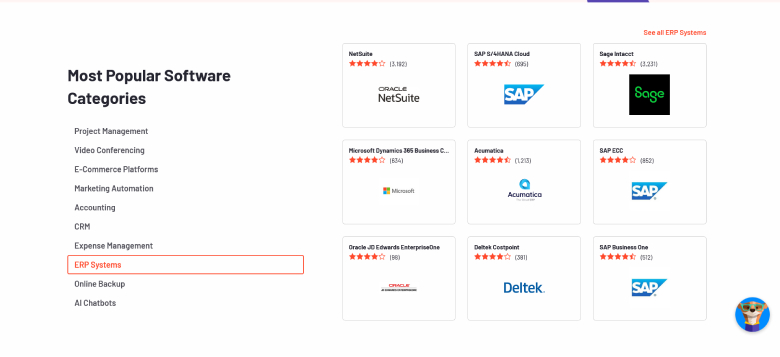
Why Writing Great Product Reviews Matters
Product reviews are more than just star ratings; they are crucial in shaping your business and products.
Here’s why they are important.
Inspire Confidence: 88% of consumers trust online reviews as much as personal recommendations from friends and family. Positive reviews can help customers be reassured about the quality and reliability of the product, building trust and confidence in the purchase.
Informs Purchase Decisions: Product reviews provide detailed information about a product’s features, pros, and cons, helping consumers make informed purchasing decisions. The personalized experiences from customers help buyers understand product performance and drawbacks in a specific environment.
Enhances Credibility: Positive reviews help improve a brand’s reputation and customer credibility. Sharing detailed and honest reviews helps reviewers establish their credibility and be perceived as experts in their field.
Work as a Social Proof: Displaying product reviews on product pages, home pages, and social media platforms can help you attract potential buyers and promote your brand to a larger audience.
Boost Conversions: Product reviews significantly influence product purchasing decisions; a single positive review can increase conversion rates.
Enhance Customer Engagement: By responding to every review, positive or negative, your brand demonstrates a commitment to customer satisfaction and values their feedback. That helps to strengthen customer relationships and convert them into loyal ones.
Improve SEO: Customer reviews not only help your brand build trust but also help you get found on search results. Search engines love to see fresh and unique user-generated content that helps to rank on search engines.
Conclusion
Remember, 95% of consumers read reviews before making a purchase, so mastering how to write a product review can help influence their decision, increase organic traffic, and generate good revenue for your website.
Creating product reviews involves careful planning, research, and honest product evaluation.
By identifying target audiences and selecting the relevant products, you can ensure reviews are engaging and useful for the reader.
Remember to make your review transparent, showcasing the product’s strengths and weaknesses.
Your honest and balanced perspective will help build trust and credibility as a professional reviewer.
Showcase reviews on your review page, blog post, e-commerce websites, and in marketing ads to capture highly motivated buyers looking for a quick opinion to make a purchase.
Further, a product review template can be precious for writing comprehensive and effective reviews.
Product reviewers must write reviews that add good value for people reading reviews and make them feel confident that they are investing in the right product.






